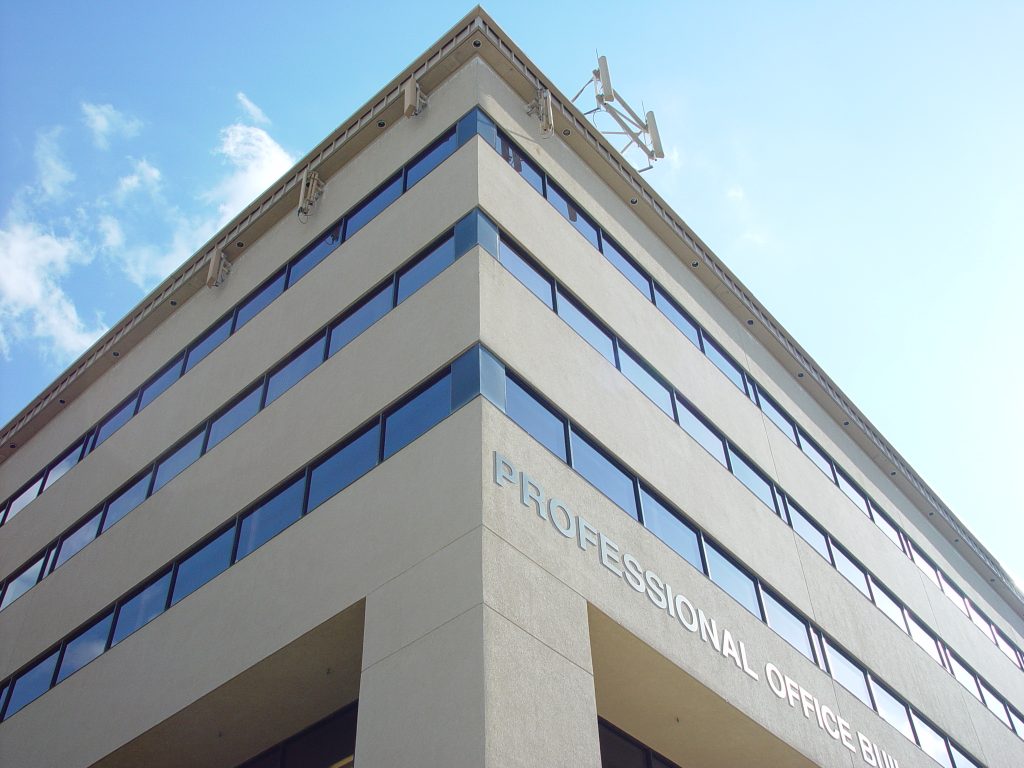 When we think of the practice of law, we may think of flashy lawyers in the courtroom arguing against one another with impassioned rhetoric. In reality, the law practice is not that glamorous. In many cases, there are no trials, and a judge simply hands down a judgment without any theatrics. Summary judgment is an example. Summary judgments occur when there are no factual disputes between parties, thus forgoing the need for a trial. However, to obtain summary judgment, a party must file a motion for summary judgment. In the case below, we will see how a Louisiana Appellate Court decided that the District Court erred in granting a motion for summary judgment.
When we think of the practice of law, we may think of flashy lawyers in the courtroom arguing against one another with impassioned rhetoric. In reality, the law practice is not that glamorous. In many cases, there are no trials, and a judge simply hands down a judgment without any theatrics. Summary judgment is an example. Summary judgments occur when there are no factual disputes between parties, thus forgoing the need for a trial. However, to obtain summary judgment, a party must file a motion for summary judgment. In the case below, we will see how a Louisiana Appellate Court decided that the District Court erred in granting a motion for summary judgment.
Carolyn C. Harris had terrible stomach pains and went to Our Lady of the Lake Regional Medical Center to receive treatment. Her first doctor, Dr. B, examined her on December 29, 2008, and scheduled a colonoscopy the next day. However, due to unanticipated conflicts, the colonoscopy was rescheduled for January 5. In the meanwhile, Harris began to suffer from a respiratory illness and was moved to the ICU. On January 5, 2009, her second doctor, Dr. C, performed the delayed colonoscopy. During the colonoscopy, Harris’s colon was perforated. She began to vomit, and soon after, she went into cardiac arrest and died. Harris’s representatives sued the doctors for medical malpractice, but the doctors responded with a motion for summary judgment, which the District Court granted. Harris’s representatives appealed.
In Louisiana, summary judgment is applicable only when there are no factual disputes between the parties according to the evidence submitted. Also, the person filing the motion for summary judgment must be able to obtain a judgment under the applicable law. La. C.C.P. art. 966(B)(2). The applicable law, in this case, is the list of requirements for a plaintiff to file a claim for medical malpractice. A plaintiff suing for medical malpractice must show by a preponderance of the evidence that there was a standard of care applicable to the defendant, that the defendant failed to meet that care, and the failure to meet that care led to the injury or death. La. R.S. 9:2794. For a defendant to succeed in a summary judgment motion in a medical malpractice case, the defendant has to show that the plaintiff cannot show at trial at least one of the above through the preponderance of evidence.
 Louisiana Personal Injury Lawyer Blog
Louisiana Personal Injury Lawyer Blog


 Time governs our lives. It also governs the law. If you have been injured and decide to file a claim, there is generally a time limit to do so. If you do not file within this time, you may never get your claim heard. The case below is an example.
Time governs our lives. It also governs the law. If you have been injured and decide to file a claim, there is generally a time limit to do so. If you do not file within this time, you may never get your claim heard. The case below is an example. When someone files a civil lawsuit in the Parish of Jefferson in Louisiana, or anywhere else in the state, it can often leave a defendant wondering how long the case will take to wrap up. In cases where neither party has a strong desire to settle, discovery procedures may take years to complete. Capitalizing on this concern, a stubborn plaintiff or defendant may use stalling tactics to leverage the other party into a settlement. How can the opposing party fight this stalling tactic? The following case discusses the rules governing what constitutes an “abandoment” of a lawsuit in Louisiana.
When someone files a civil lawsuit in the Parish of Jefferson in Louisiana, or anywhere else in the state, it can often leave a defendant wondering how long the case will take to wrap up. In cases where neither party has a strong desire to settle, discovery procedures may take years to complete. Capitalizing on this concern, a stubborn plaintiff or defendant may use stalling tactics to leverage the other party into a settlement. How can the opposing party fight this stalling tactic? The following case discusses the rules governing what constitutes an “abandoment” of a lawsuit in Louisiana.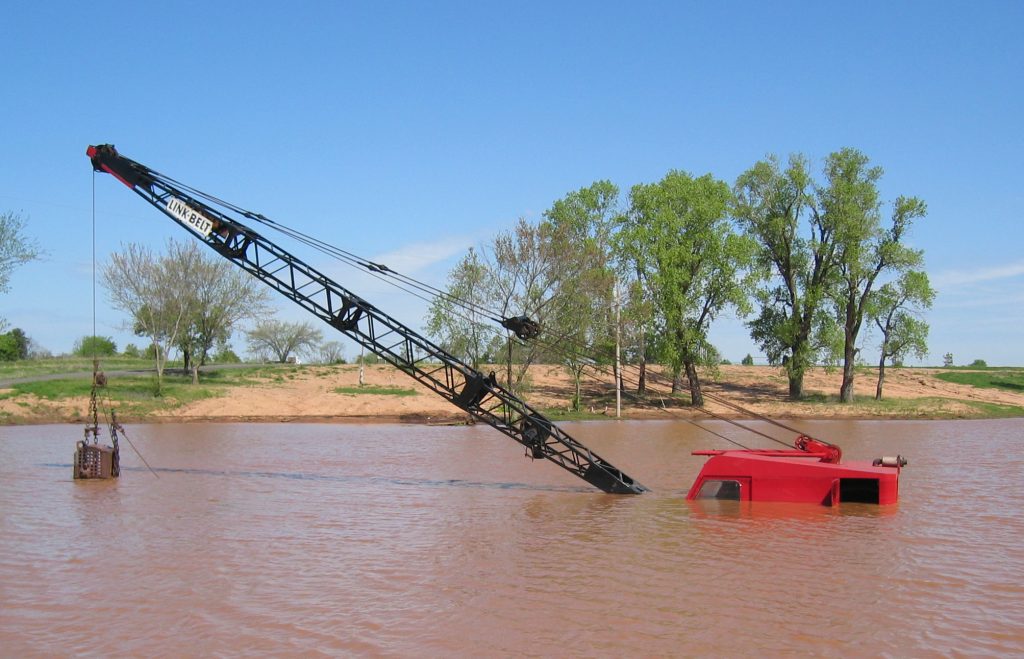 Buying property in “as is” condition can pose a substantial risk to the purchaser of the property. An “as is” sale means that once the sale is closed, the buyer has extremely limited recourse against the seller for any problems that might be later discovered with the property. Remorseful buyers may attempt to rescind a sale by claiming that the sellers failed to disclose defects with the property prior to the sale. But this strategy by no means ensures a favorable outcome for the buyer, as a case involving a house purchase in the City of Rosepine demonstrates.
Buying property in “as is” condition can pose a substantial risk to the purchaser of the property. An “as is” sale means that once the sale is closed, the buyer has extremely limited recourse against the seller for any problems that might be later discovered with the property. Remorseful buyers may attempt to rescind a sale by claiming that the sellers failed to disclose defects with the property prior to the sale. But this strategy by no means ensures a favorable outcome for the buyer, as a case involving a house purchase in the City of Rosepine demonstrates.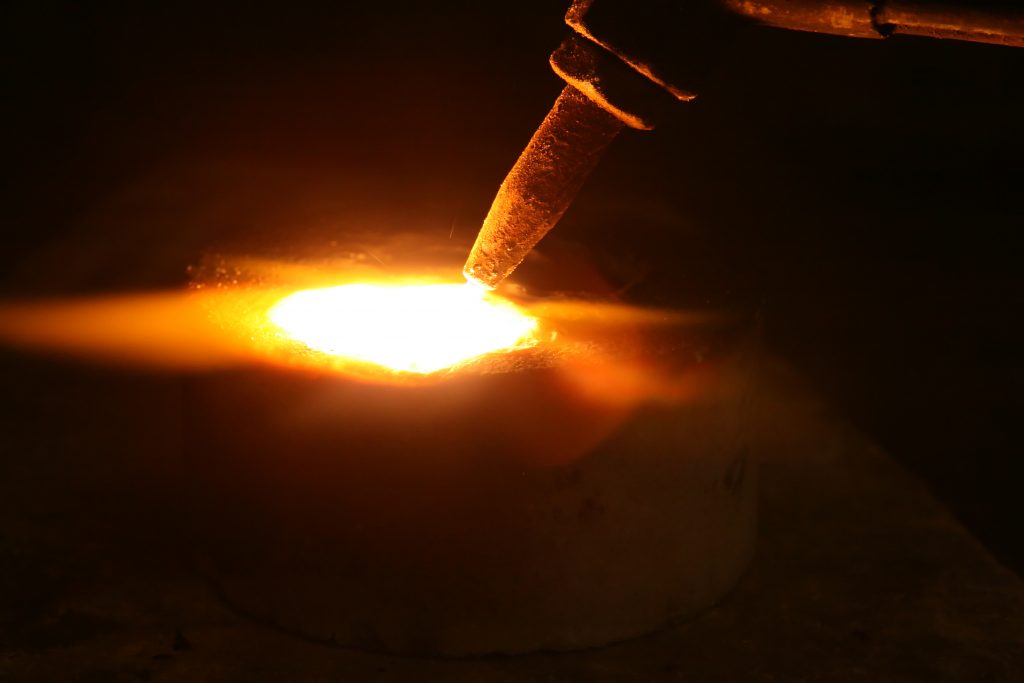 Disputes over injuries that occur on the job can be difficult to resolve for both employer and employee. Louisiana’s Third Circuit Court of Appeal addressed a common source of dispute — whether an employee’s medical condition was actually caused by his employment — in a case involving a welder who developed compartment syndrome.
Disputes over injuries that occur on the job can be difficult to resolve for both employer and employee. Louisiana’s Third Circuit Court of Appeal addressed a common source of dispute — whether an employee’s medical condition was actually caused by his employment — in a case involving a welder who developed compartment syndrome. 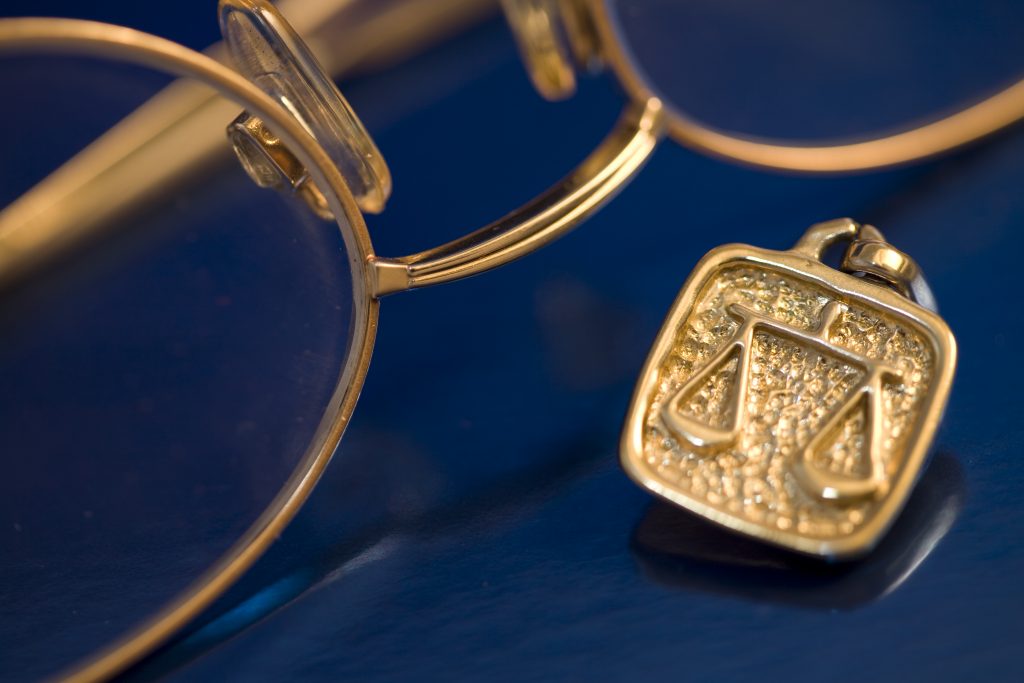 Attorneys are known for being way too expensive to the general public. Most people think that attorney’s charge an obscene amount for every little task that they do pertaining to a case, such as talking on the phone with their client or sending an email. However, unknown to most people attorneys are not allowed to charge fees that are excessive.
Attorneys are known for being way too expensive to the general public. Most people think that attorney’s charge an obscene amount for every little task that they do pertaining to a case, such as talking on the phone with their client or sending an email. However, unknown to most people attorneys are not allowed to charge fees that are excessive.  Land within subdivisions is often subject to various restrictions. It is important to know and follow these restrictions to avoid potential legal action. The following case in Desoto parish discusses some of the legal implications of neighborhood subdivision restrictions in Louisiana.
Land within subdivisions is often subject to various restrictions. It is important to know and follow these restrictions to avoid potential legal action. The following case in Desoto parish discusses some of the legal implications of neighborhood subdivision restrictions in Louisiana. Selling a home can be a stressful time with many issues to consider. You want to make sure you are getting a fair price and that the home appeals to potential buyers. One aspect you might overlook is potential liability for injuries that occur when potential buyers tour your home.
Selling a home can be a stressful time with many issues to consider. You want to make sure you are getting a fair price and that the home appeals to potential buyers. One aspect you might overlook is potential liability for injuries that occur when potential buyers tour your home.  Compensation for work-related injuries can be an area of concern for both employees and employer. But what happens when the employee provides inconsistent stories that refute the injury alleged to have been suffered? The Second Circuit Court of Appeal for Louisiana recently addressed the issue.
Compensation for work-related injuries can be an area of concern for both employees and employer. But what happens when the employee provides inconsistent stories that refute the injury alleged to have been suffered? The Second Circuit Court of Appeal for Louisiana recently addressed the issue. 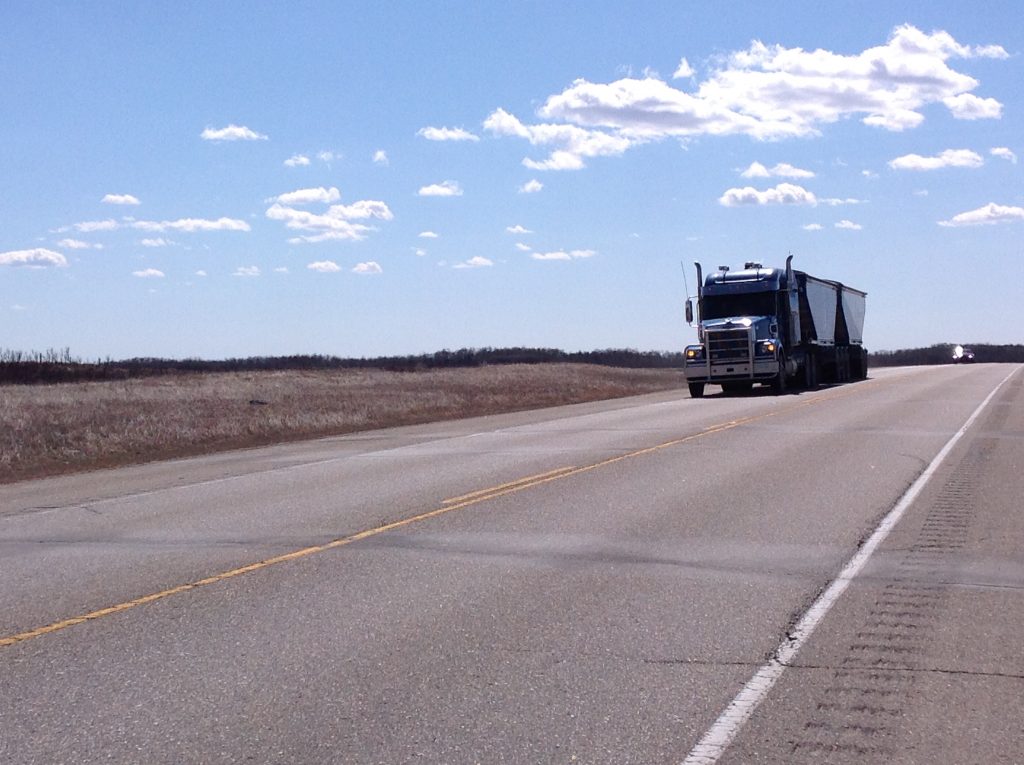 You never know when a leisurely drive can turn into a lengthy lawsuit. Larry Dragna was on a drive in November, 2011, when his vehicle was hit by a driver for A&Z Transportation. KLLM Logistics hired A&Z to transport a freight load from Louisiana to Michigan. Before hiring A&Z, KLLM followed its internal selection policy by reviewing A&Z on a transportation industry review website, which showed that three of A&Z’s scores were at a point that indicated problems in certain categories. Although the indicators showed instances of unsafe driving, fatigued driving, and maintenance issues, there were no federal regulations that advised KLLM not to hire companies with scores like A&Z. KLLM, however, had an internal policy to not hire carriers with three troublesome scores until it had discussed the scores internally or with the carrier. There is no evidence if whether KLLM followed this policy when they hired A&Z.
You never know when a leisurely drive can turn into a lengthy lawsuit. Larry Dragna was on a drive in November, 2011, when his vehicle was hit by a driver for A&Z Transportation. KLLM Logistics hired A&Z to transport a freight load from Louisiana to Michigan. Before hiring A&Z, KLLM followed its internal selection policy by reviewing A&Z on a transportation industry review website, which showed that three of A&Z’s scores were at a point that indicated problems in certain categories. Although the indicators showed instances of unsafe driving, fatigued driving, and maintenance issues, there were no federal regulations that advised KLLM not to hire companies with scores like A&Z. KLLM, however, had an internal policy to not hire carriers with three troublesome scores until it had discussed the scores internally or with the carrier. There is no evidence if whether KLLM followed this policy when they hired A&Z.